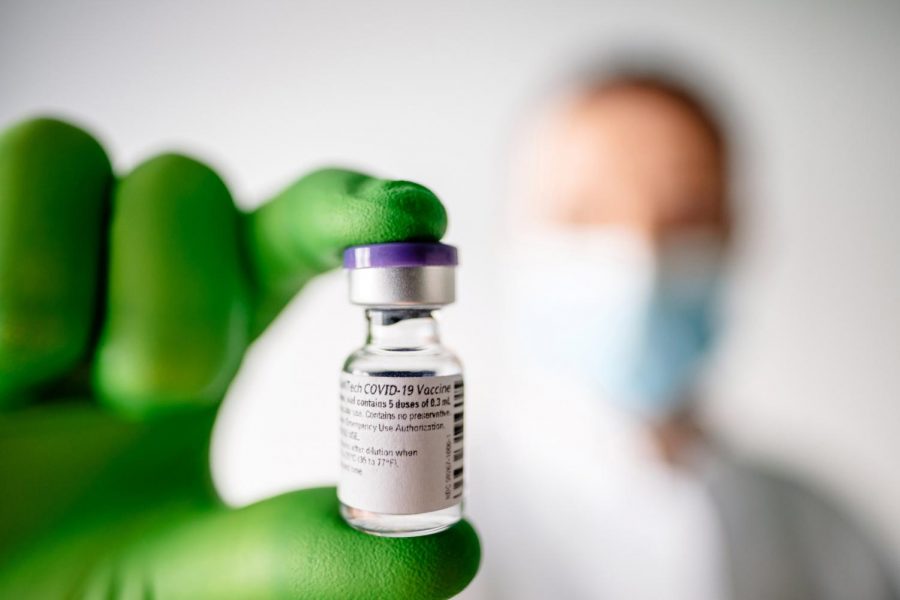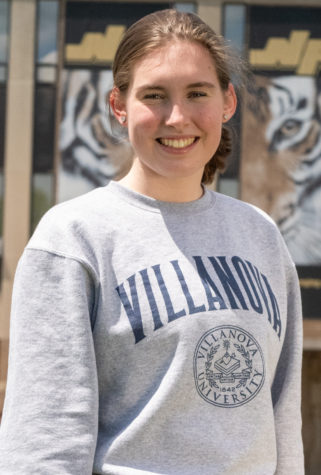A Vaccine in Record Time
The first doses of the COVID-19 vaccine were administered in the United States, but what does that mean for the coming months?
The quick development of the COVID-19 vaccine is a testament to how far science has come.
December 17, 2020
Ever since that dreadful day in March when the pandemic reached the United States, a vaccine has been the collective hope that practically all Americans have clung to. People have wanted a cure that would stop this painful pandemic, or, as many would say, the worst year of their lives. COVID-19 has ruined something important for every person living on this planet, regardless of their social status. And so, it felt like this vaccine could not come soon enough.
However, the science behind making a vaccine is far from easy. COVID-19’s origination, transmission, and effects are still not entirely understood, yet the medical community has been working on a vaccine since the coronavirus began to spread rapidly.
Most of the time, vaccines take ten years, if not longer, to be developed and receive all of their clearances. Hundreds of tests are conducted to find proper antibodies, drugs, or other medications that can work together and create a vaccine formula. After that, multiple rounds of trials are completed on volunteers, and if it is finally cleared, the vaccine is be distributed to the public.
But the COVID-19 vaccine has been developed in record time. It has hardly been a year since the coronavirus made its appearance on the national news. Since then, doctors have worked tirelessly to provide hope for billions of people across the world.
Biopharmaceutical company Pfizer may have found an effective vaccine. The company has created a series of vaccines, requiring two shots to achieve nearly full immunity. After the first shot, a patient will have 50 percent immunity, and then, 21 days later, they will receive the second dose. Roughly ten days later, they will have almost full immunity.
Questions, however, have arisen concerning the vaccine’s safety and distribution.
Nevertheless, on Monday, December 14th, 2020, nine months and one day after stay-at-home orders were issued across the country, the first health care personnel received their first dose of the COVID-19 Pfizer Vaccine in New York. This happened as the United States is nearing 300,000 deaths from COVID-19.
Since this vaccine was passed by the FDA under Emergency Use Authorization (EUA), Pfizer will work to ensure that there are enough doses in the United States. This vaccine will be administered in the United States based on priority. First, medical personnel and elderly people in nursing homes will receive the vaccine. Following them are essential workers, teachers, and people who are at higher risk of severe complications from the virus. Then, all adults who want the vaccine will be eligible. The United States cannot reach full immunity until about 80% of its population has received the vaccine and become immune. Once the country reaches that threshold, it will have reached herd immunity.
Vaccinating kids gets more complicated. Clinical trials have not started on children under the age of 12 and were only recently started on teenagers. At present, children will not be able to receive the vaccine, and no one knows exactly when that will change. Experts do not even know if children will be vaccinated before the start of the 2021 school year.
Even though the world is more chaotic than ever, it is hard to believe that science has come this far. After months of quarantine, canceled events, and major setbacks, there is a light at the end of the tunnel. In the meantime, the best practice is to continue wearing masks and social distancing.













